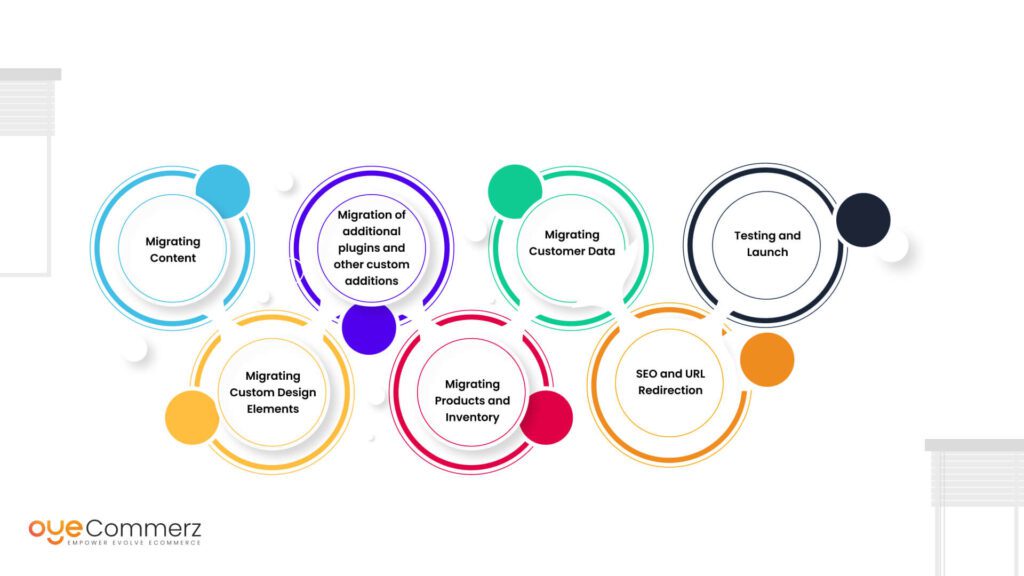In the dynamic landscape of digital commerce, selecting the optimal platform is essential for your company’s success. If you’re at the moment using WP and planning a migration to an alternative, you’re not the only one. Many businesses are making this transition to take advantage of Shopify’s robust features, simplicity, and scalability. This guide will walk you through the process of migrating from WordPress to this platform effortlessly, making sure that you achieve your online retail potential.
Why Transition from WordPress to Shopify?
Ahead of diving into the migration procedure, it’s important to realize why this shift can be advantageous for your online store:
User-Friendly Interface: Shopify offers an straightforward dashboard that streamlines store handling, enabling for non-technical users.
Scalability: As your company grows, Shopify can accommodate higher traffic and sales without compromising efficiency.
All-in-One Solutions: Shopify includes integrated resources for search engine optimization, analytics, payment management, and additional functionalities, minimizing the need for several plugins.
Robust Protection: With Shopify, you benefit from advanced security measures that secure sensitive customer details.
Steps for a Effortless Migration
Migrating your eCommerce site from WordPress to Shopify includes multiple actions.
Here’s the way to facilitate a hassle-free transition:
Prepare Your Migration Strategy
Start by mapping out your migration strategy. Identify which components of your present site you plan to migrate, such as:
Product data
Customer information
Purchase logs
Blog content
Pick the Appropriate Migration Solution
Depending on your requirements, select a migration package that fits your eCommerce goals. OyeCommerz delivers multiple plans:
Entry-Level Plan: Suitable for compact stores with fewer products.
Mid-Tier Plan: Appropriate Shopify checkout optimization for mid-range businesses with more complex needs.
Advanced Plan: Best for big stores needing broad customization.
Save Your Information
Prior to initiating the migration, guarantee that you have a complete copy of your WordPress site. This task is crucial in situations where anything goes off track during the migration.
Retrieve Your Data from WP
Leverage tools or custom scripts to export key content from your WP site:
Products
Clients
Orders
Blog posts
Migrate Content into Shopify
Once you have your content extracted, employ Shopify’s migration apps or third-party apps to upload your content into your new store. Verify that all content is properly formatted and placed.
Personalize Your Shopify Store
Once uploading content, adjust your Shopify site’s design to reflect with your business goals. Look into hiring a specialist if you require detailed customization.
Set Up Checkout Systems and Delivery Settings
Set up payment gateways and logistics options in Shopify to create a user-friendly checkout experience for customers.
Adopt Search Engine Optimization Standards
To maintain your online visibility during the transition:
Use 301 redirects from existing URLs to new ones.
Update meta tags.
Optimize images and text for better ranking.
Evaluate Your Updated Store
Prior to going live, completely check your migrated site. Identify any discrepancies, transaction errors, or incomplete files.
Go Live Your Platform
Once everything is in ready, it’s the moment to publish! Share the change to your users and motivate them to explore the updated features of your Shopify store.
Post-Migration Assistance
Even after launching your Shopify store, ongoing support is essential. Explore engaging professionals who can guide with:
Technical support
Marketing strategies
Enhancing features
Conclusion
Migrating from WordPress to this platform can be a crucial decision Shopify migration FAQs for your digital business. By adopting this guide and working with tools like those offered by OyeCommerz, you can ensure a smooth transition that improves your online presence. Accept the change and discover the full capabilities of Shopify today!
